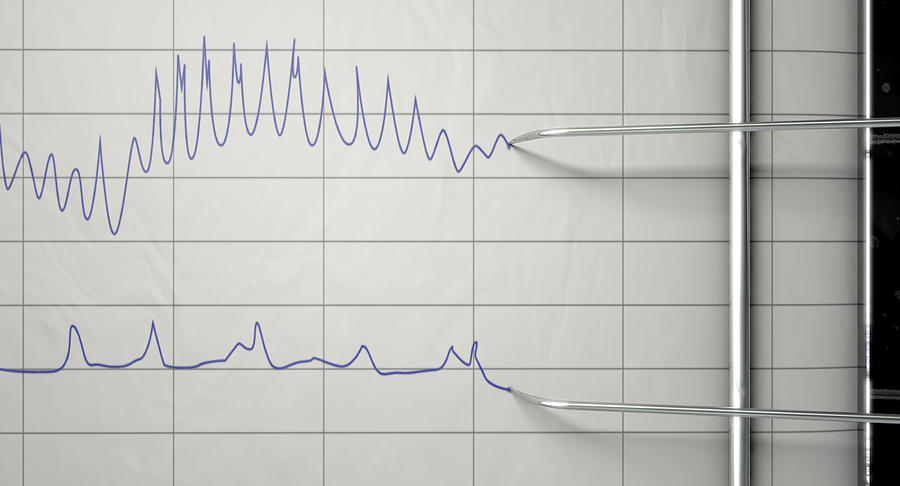
In a world where truth is often veiled by deception, lie detector tests have emerged as a tool to uncover the hidden realities. Also known as polygraph tests, these examinations have long been a subject of fascination and controversy. The intriguing intersection of science and psychology gives rise to a method that seeks to reveal whether individuals are telling the truth or not, based on their physiological responses.
History of Lie Detector Tests
Lie detector tests, also known as polygraph tests, have a long history dating back to the early 20th century. The first modern polygraph instrument was developed by John Augustus Larson in the 1920s. Larson was a medical student and police officer who combined his expertise to create a machine that could measure physiological responses such as blood pressure, heart rate, and respiration to determine if someone was being deceptive. This invention marked the beginning of the use of lie detector tests in criminal investigations.
Over the years, lie detector tests have been controversial due to their variable accuracy and ethical concerns. Despite their limitations, polygraph tests became widely used by law enforcement agencies, government organizations, and private employers to screen individuals for deception. The use of polygraphs in various fields led to ongoing debates about their reliability and validity as a tool for uncovering the truth.
In recent decades, advancements in technology and research have improved the sophistication and accuracy of lie detector tests. Despite the progress, the debate continues regarding the reliability and ethical implications of using polygraph tests as a definitive means of determining deception.
How Lie Detector Tests Work
Lie detector tests, also known as polygraphs, are based on the premise that when a person lies, there are physiological changes in their body. These tests typically measure various physical responses such as heart rate, blood pressure, respiration, and skin conductivity to determine if someone is being deceptive.
During a lie detector test, the examinee is attached to sensors that monitor these physiological responses. The polygraph examiner then asks a series of questions to establish a baseline of the person’s normal physiological reactions. The key lies in observing changes in these responses when the individual answers specific questions related to the issue under investigation.
The results of a lie detector test are analyzed by the examiner who looks for patterns or significant deviations in the physiological responses. While polygraph results are not 100% accurate and can be influenced by various factors such as stress or anxiety, they are still widely used in certain settings like law enforcement and employment screenings.
Controversies Surrounding Lie Detector Tests
One of the main controversies surrounding lie detector tests is their accuracy. Critics argue that the results of polygraph exams can be influenced by various factors, such as the skill of the examiner, the physiological responses of the test subject, and even the type of questions asked during the test.
Another point of contention is the reliability of lie detector tests in determining deception. While proponents argue that polygraphs can detect signs of deception through physiological responses like heart rate and sweating, opponents claim that these physical reactions can also be triggered by stress, anxiety, or other factors unrelated to lying.
Furthermore, ethical concerns have been raised regarding the use of lie detector tests in various settings, such as employment screenings or criminal investigations. Critics argue that relying too heavily on polygraph results can lead to false accusations, invasion of privacy, and discrimination based on flawed interpretations of test outcomes.